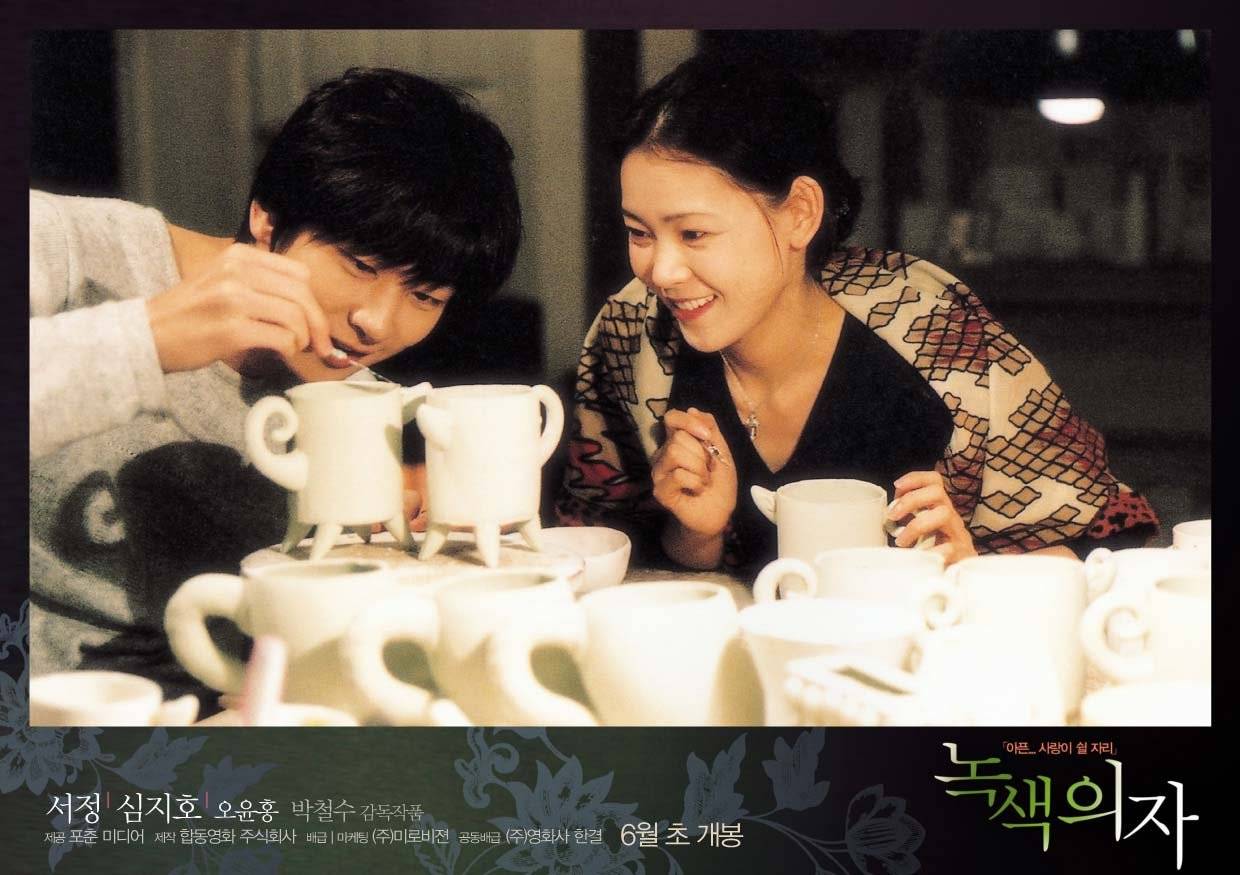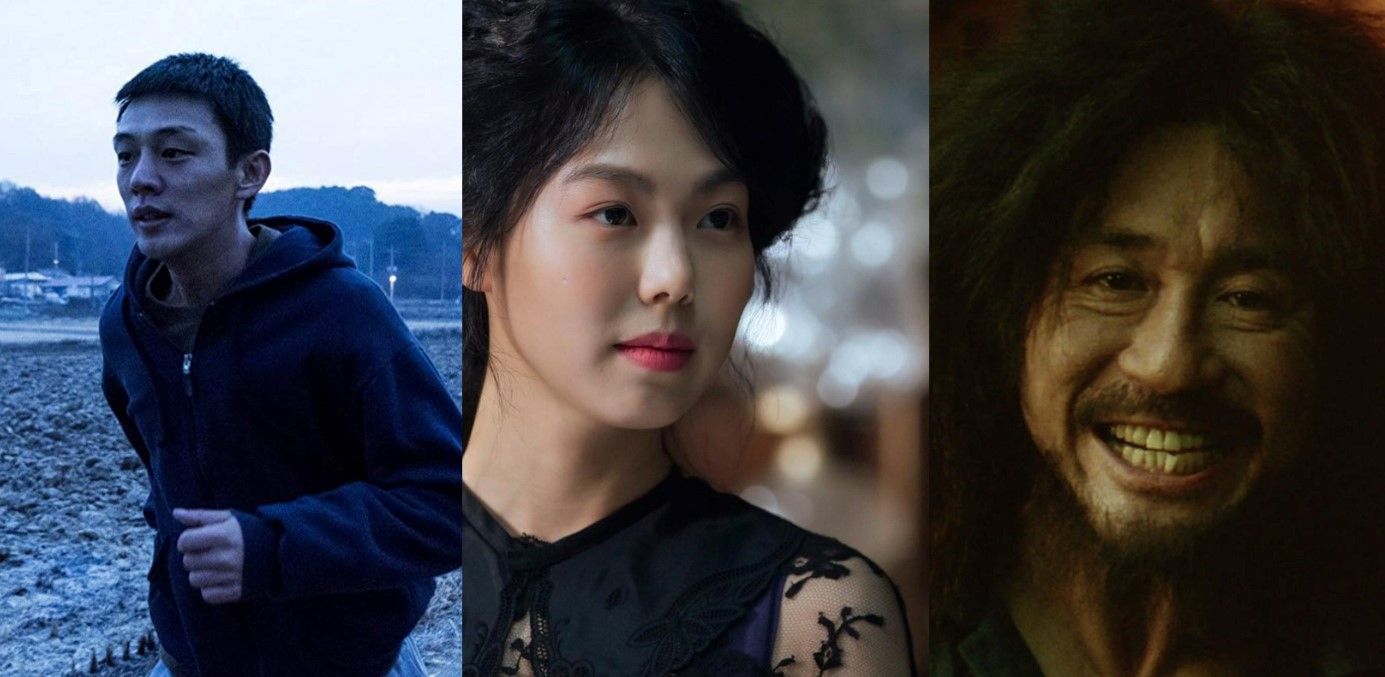The Green Chair in Korean Cinema: Green Chair Korean Film

The green chair, a seemingly mundane object, holds a surprising depth of symbolism in Korean cinema. It transcends its physical form to become a potent metaphor for various themes, reflecting the complexities of Korean society, individual experiences, and the search for meaning in life.
The Green Chair as a Symbol of Hope and Resilience
The green chair often represents hope and resilience in Korean films, especially in narratives exploring themes of hardship and overcoming adversity. The color green itself is associated with nature, growth, and renewal, symbolizing the potential for healing and transformation.
- In the 2014 film “The Handmaiden,” the green chair in the protagonist’s room serves as a reminder of her past life and her resilience in the face of abuse. The chair, a symbol of her former freedom, becomes a beacon of hope as she plots her escape from her oppressive situation.
- In the 2019 film “Parasite,” the green chair in the wealthy family’s house represents the disparity between the haves and have-nots. The protagonist, a struggling man, covets the chair, symbolizing his desire for a better life and his unwavering hope for social mobility.
The Green Chair as a Symbol of Loneliness and Isolation
In contrast to its hopeful connotations, the green chair can also symbolize loneliness and isolation in Korean films. This is particularly true in narratives that focus on the struggles of individuals navigating societal pressures and the complexities of human relationships.
- In the 2016 film “Train to Busan,” the green chair in the abandoned train station becomes a symbol of the protagonist’s isolation and his desperate search for connection in a world ravaged by a zombie apocalypse.
- In the 2010 film “Poetry,” the green chair in the protagonist’s apartment represents her loneliness and her yearning for human connection. The chair, a constant presence in her life, reflects her isolation and her struggles with dementia.
Green Chair as a Motif in Korean Film

The green chair, a seemingly innocuous piece of furniture, has become a recurring motif in Korean cinema, transcending its physical presence to embody complex themes and emotions. Its presence in various films transcends mere symbolism, serving as a potent catalyst for narrative development and character exploration.
The Green Chair as a Symbol of Nostalgia and Loss
The green chair often represents a connection to the past, evoking feelings of nostalgia and loss. This association is deeply rooted in the Korean cultural context, where memories and familial bonds hold significant value.
- In The Handmaiden (2016), the green chair in the protagonist’s childhood home serves as a poignant reminder of her lost innocence and the tragic events that unfolded in her past. The chair’s presence, juxtaposed against the opulent setting of the mansion, underscores the stark contrast between her past and present.
- Similarly, in Burning (2018), the green chair in the protagonist’s childhood home becomes a symbol of his longing for a simpler time and the unfulfilled desires of his youth.
The Green Chair as a Catalyst for Transformation and Self-Discovery, Green chair korean film
The green chair often acts as a catalyst for character transformation and self-discovery, serving as a pivotal point in their journeys of growth and change.
- In Parasite (2019), the green chair in the Kim family’s basement apartment represents their precarious existence and their desperate struggle for a better life. When the family infiltrates the Park family’s mansion, the green chair becomes a symbol of their aspirations and the lengths they will go to achieve them.
- In The Handmaiden, the green chair in the protagonist’s childhood home becomes a catalyst for her rebellion against the oppressive forces that have shaped her life. The act of reclaiming her past and embracing her true identity is represented by her reclaiming the chair as her own.
